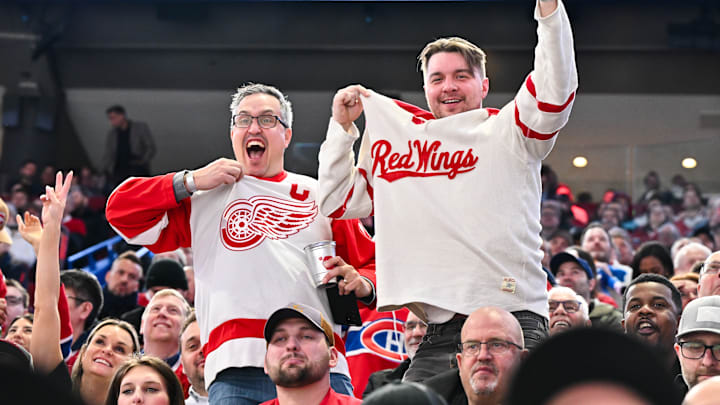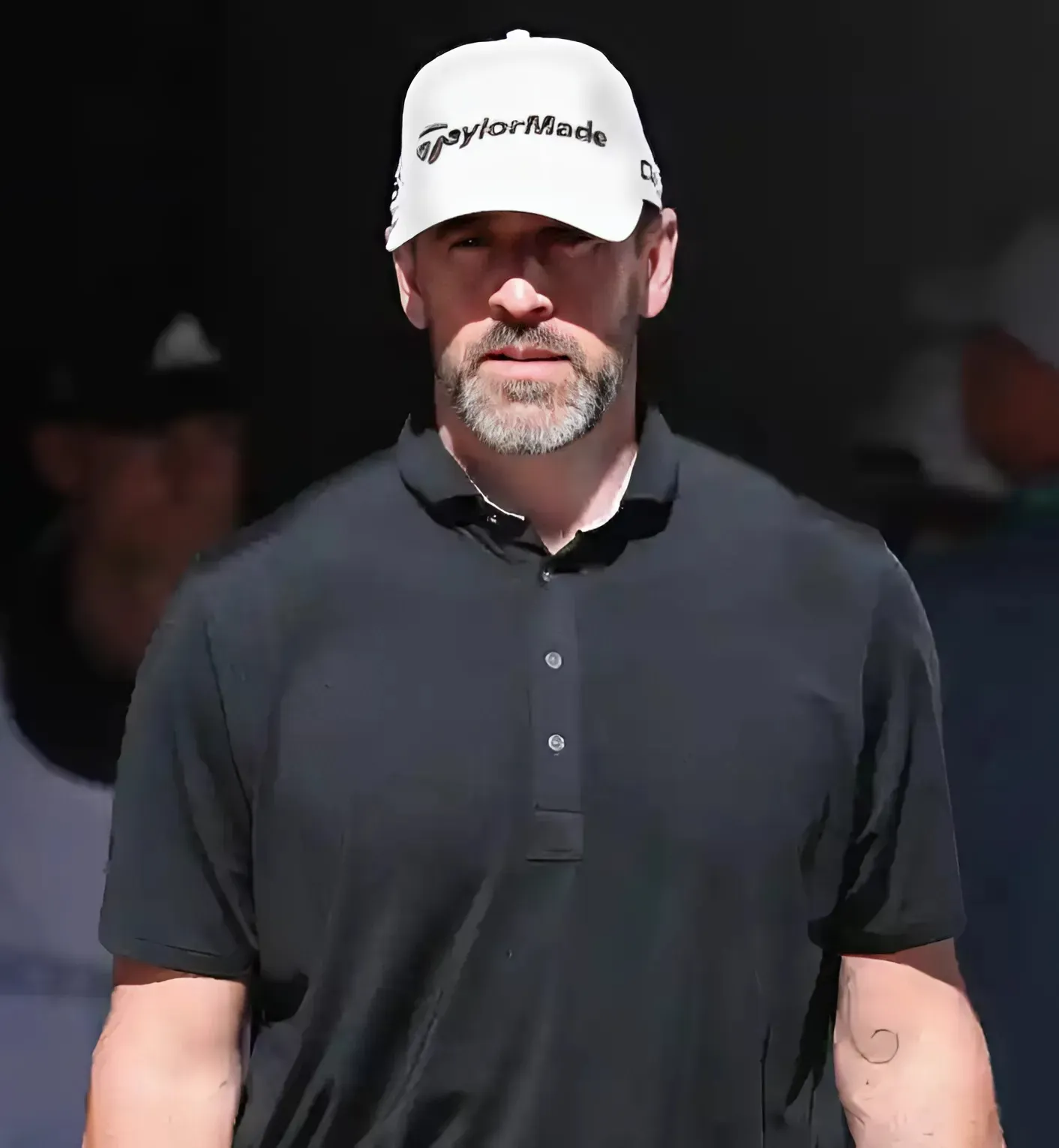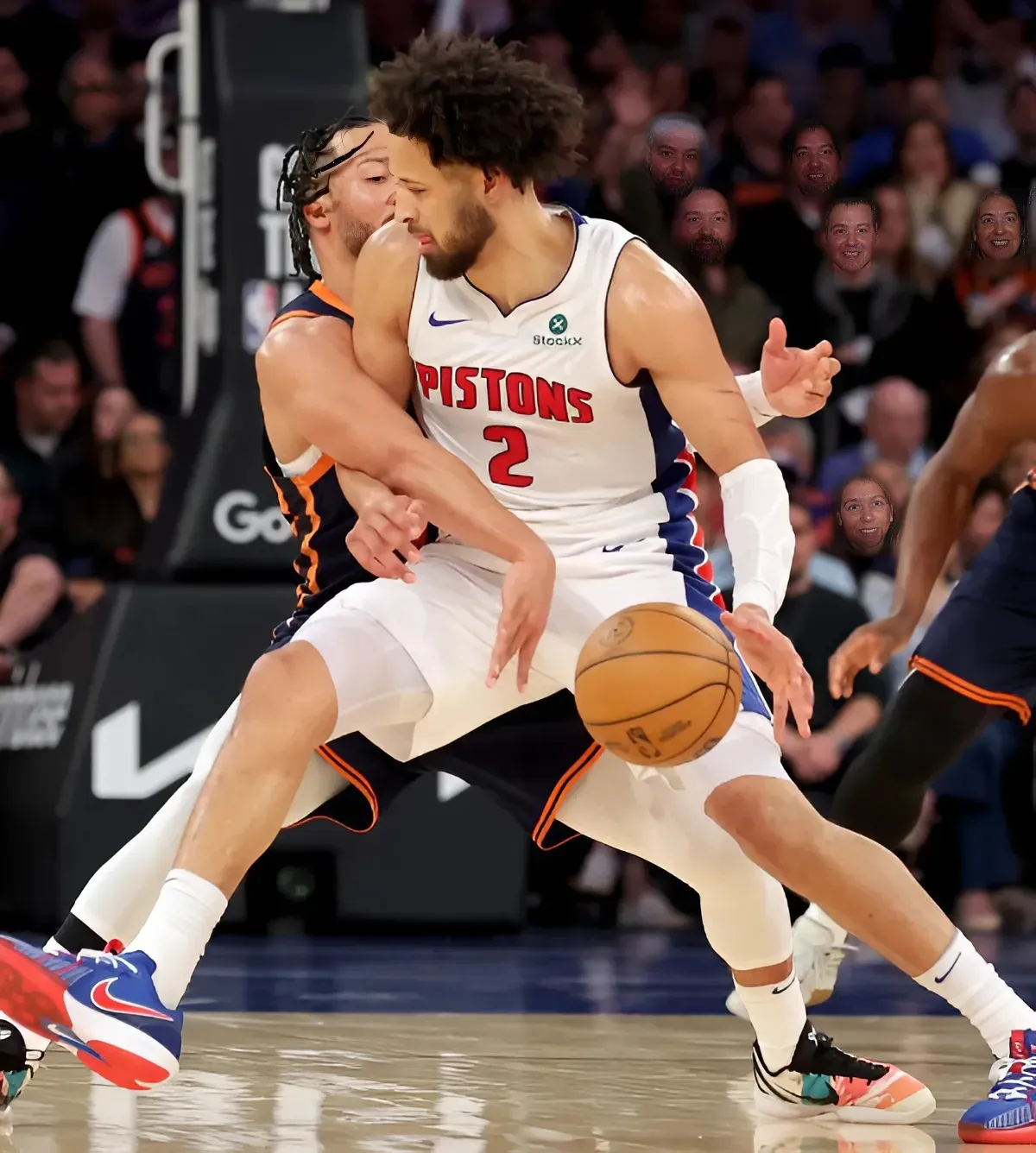The Detroit Red Wings will be looking to continue adding crucial pieces to their lineup in order to make a run at a playoff spot this upcoming season.

But instead of adding high-priced veterans, the Red Wings can go the game route the St. Louis Blues did last offseason and utilize an offer sheet to lure a high-end restricted free agent (RFA) to Motor City.
Now, a public service announcement. Signing an RFA comes with a hefty price. Depending on the contract value, the signing team must pay compensation. That compensation involves a number of draft picks.
Signing an RFA could also sour the relationship between the teams involved. While signing RFAs is by no means outlawed, it is frowned upon. So, we’ll keep those two points in mind as we go through this list.
Alexander Romanov, New York Islanders
Alexander Romanov emerged as the New York Islanders’ best defenseman this season. Considering the insanely high number of injuries befalling the Isles across the board, Romanov stabilized the blue line while providing solid leadership for a 25-year-old.
As it stands, the Islanders are in a bit of a bind since both Romanov and Noah Dobson will be RFAs on July 1. While the Isles will want to keep both, they may find themselves forced to choose amid cap issues.
That situation means that one of Dobson or Romanov could be plucked away via an offer sheet. If it was up to me, I’d take Romanov. He’s a much better defensive blueliner and has a higher overall ceiling than Dobson.
I could be wrong if Dobson emerges as a true No. 1 guy. But given his regression this season, I’m not so sure about that.
Romanov made $2.5 million this season. As such, successfully offer-sheeting him would require a deal somewhere in the $5 million AAV range. Under the new RFA compensation rules, that would cost the Wings a first and third-round pick.
The Wings pick 13th in the first round this year. But signing Romanov this season would cost the Wings their first-round pick from next season. For a team like the Wings that’s looking to contend, it’s certainly an intriguing possibility. The Wings would be getting as close to a sure thing as possible, for a pick that will hopefully be much lower than this year’s 13th.
Sam Malinski, Colorado Avalanche
Sam Malinski isn’t a name that would typically pop up in discussions such as this one. He isn’t a sexy choice and that’s why he could be an interesting under-the-radar offer sheet that could yield significant returns.
Malinski spent much of the season in Colorado’s third-pairing, quietly rising through the depth chart. He’s a bit older for his service time (he’s 26 with one full year of service), but has the potential to be a solid middle-pairing blue liner.
Best of all, he’s a right-shot defender who wouldn’t cost an arm and a leg to sign. He made $850K last season, meaning that the Detroit Red Wings could target Malinski with a deal somewhere in the $1.5 to $2.3 million AAV range. That AAV would cost the Wings a third-round pick. Not bad.
With the Avalanche dealing with numerous free agents this summer, Malinski could slip through the cracks as there may simply not be enough cap space to keep him. That situation could allow a team like the Wings to swoop in and pick up a solid right-handed blueliner.
Matthew Knies, Toronto Maple Leafs
All right, let’s go off the deep end, here.
Matthew Knies emerged this season as a 30-goal scorer (he actually scored 29) for the Toronto Maple Leafs, giving the team a legitimate top-line power forward the team has lacked for a long time.
With the Leafs in a flux at the moment, the club could be forced to choose between re-signing or Mitch Marner. Marner will be looking for a huge payday, potentially making it hard to keep Knies.
Now, predicting Knies’ next deal is tough, but it’s fair to assume he’ll be at least in the $5 million AAV range. That brings us into first and third-round territory.
But is Matthew Knies worth a first-round pick?
Absolutely.
Even though he was a second-rounder, the Wings won’t be getting a 22-year-old with his track record, size, and ceiling with a pick in the late first round.
Besides, the Leafs don’t have a first-round pick for the next couple of seasons. So, the temptation to get back into the first round could be a moderate consolation prize for the loss of a rare homegrown talent in Toronto.



